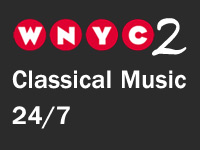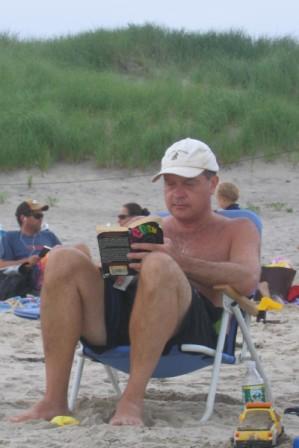Six Years Later, Commemorated in Music.

I'd like to comment on a piece by the modern American composer John Adams titled "On the Transmigration of Souls".
The piece was commissioned by the NY Philharmonic to commemorate the 2001 attacks that brought down the twin towers of the World Trade Center. The title refers to the belief, common in many cultures and religions, that at death the soul moves into another living form, or is in some sense indestructible and capable of rebirth. See this for some background on the piece, and some of Adam's comments on it.
His minimalist style is well suited to this piece. Every element plays a critical part in portraying the disaster. There are no excesses or ornamenations here.
In the interests of full disclosure, this is personal for me. I was at work in Manhattan that morning, about a mile north of the WTC. I watched the towers come down, and spent the next month or so smelling the smoke and the odor of burnt flesh as the fires lingered in the rubble. It was worse than what you saw on the news. Much worse.
The piece starts out with street noise, then a reader obsessively repeats the word "Missing" while others read the names of the victims and quotes taken from the hundreds of "missing person" posters that went up all over Manhattan in the days following the attack. A chorus and full orchestration fill out the piece, with some ethereal harp solos standing out. A trumpet repeats a passage from Charles Ives' The Unanswered Question. There are also quotes from some of the descriptions of the dead that were given by friends and loved ones.
Most of the text is available here.
The piece, only 25 minutes long, has two climatic passages (one for each tower falling) with a mournful trumpet, bells and percussion focused movement that seems to represent the transition of those souls to their next stage of existence. The choir continues to sing the remembrances of the dead. The piece ultimately fades back to street noise, leaving us to contemplate the enormity of what happened that day.
It is chaotic, powerful and gripping in the way that witnessing a disaster is gripping.
Just listening to this piece is a very emotional experience for me. It brings back the fear and anger that I felt in the days and weeks after the attack. But it's also highly cathartic. Go to Amazon and buy the CD. It's part of your musical heritage, and certainly the most moving and cathartic piece of music that I've ever heard.
























